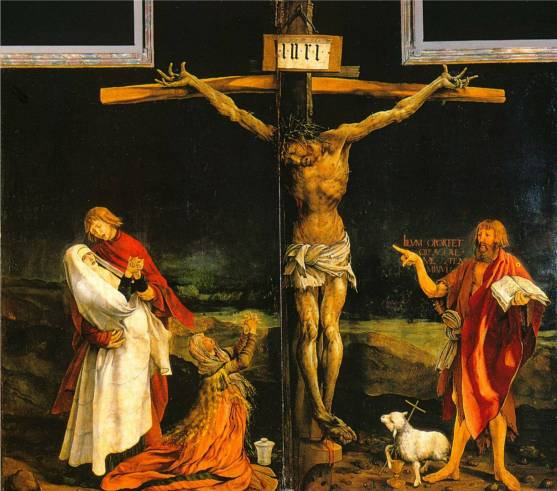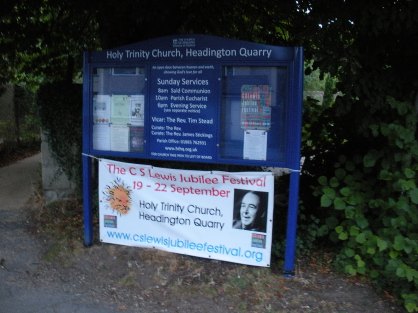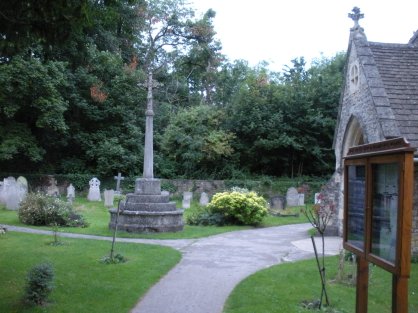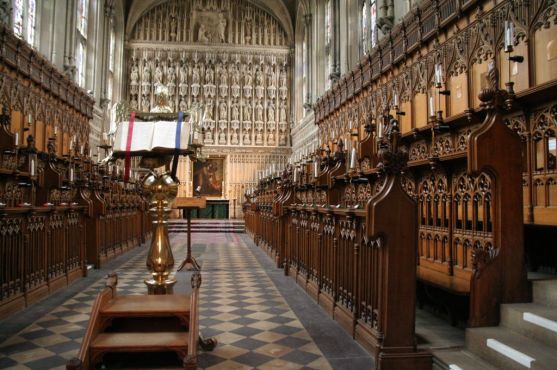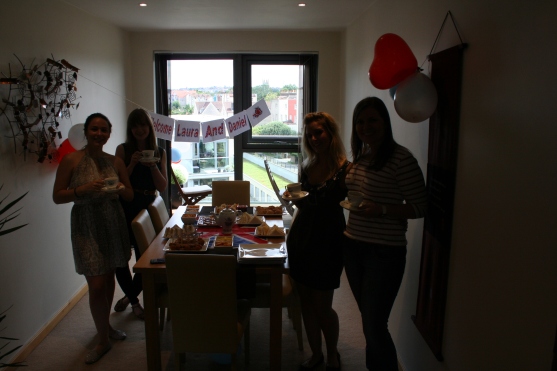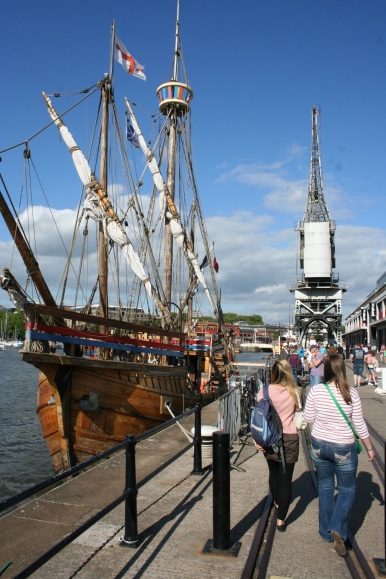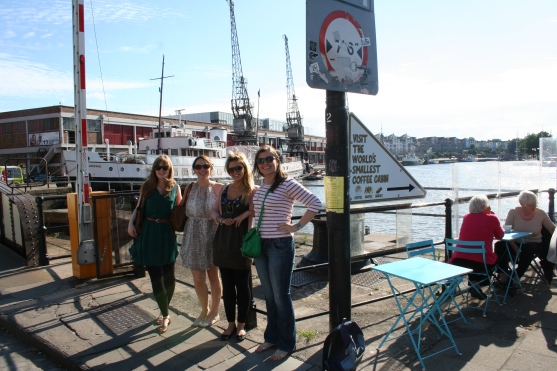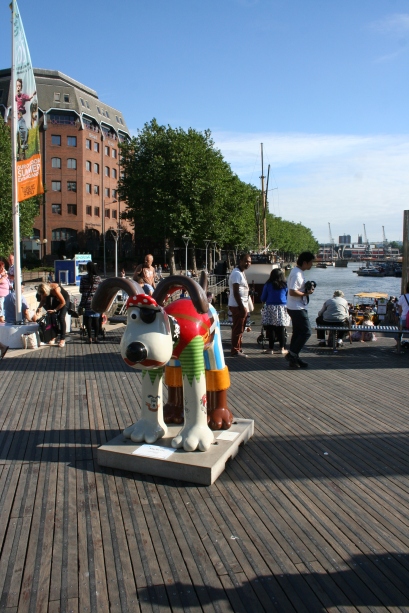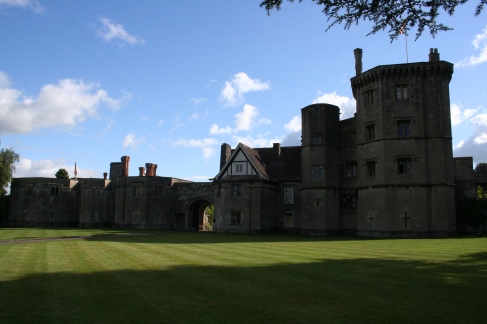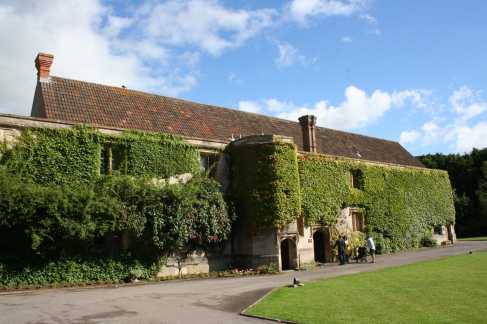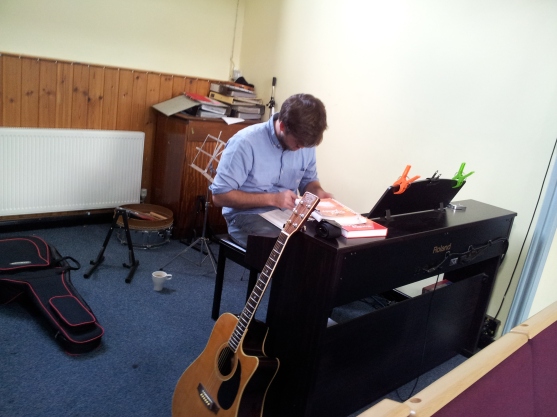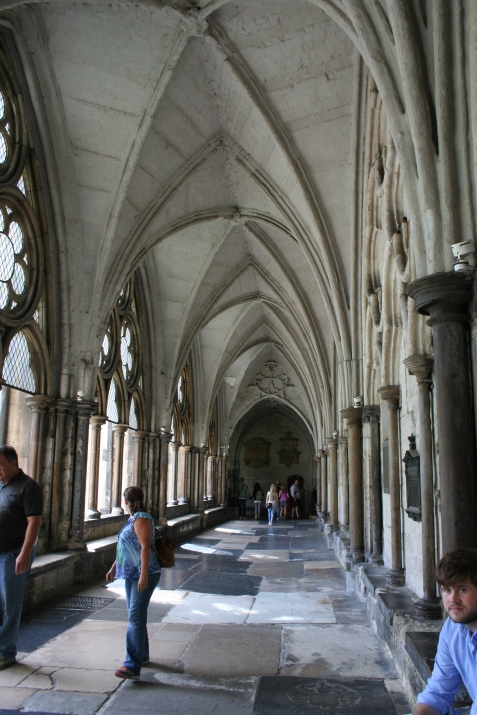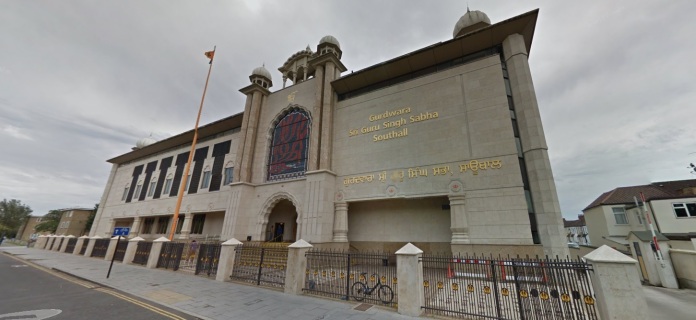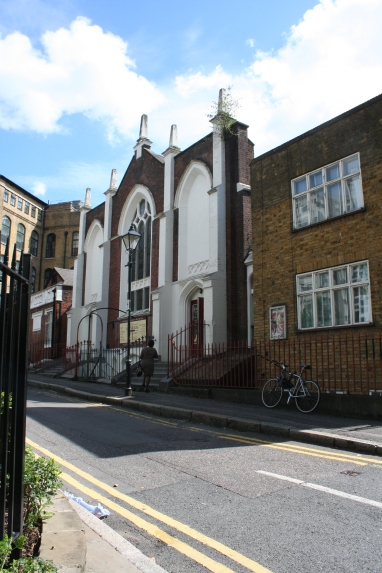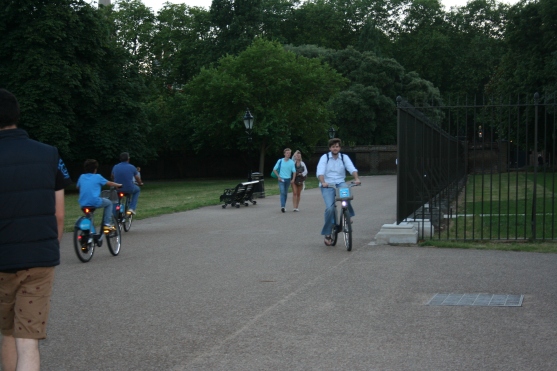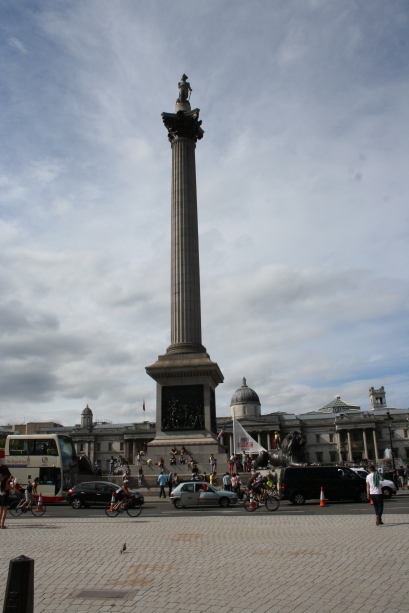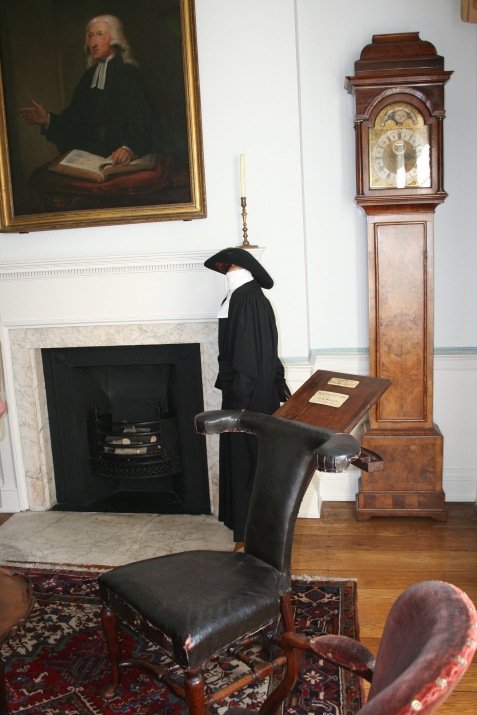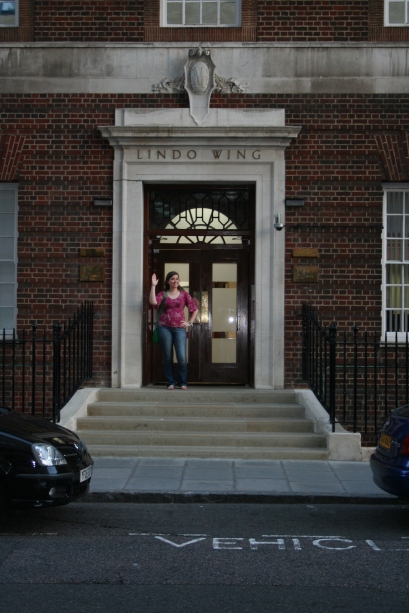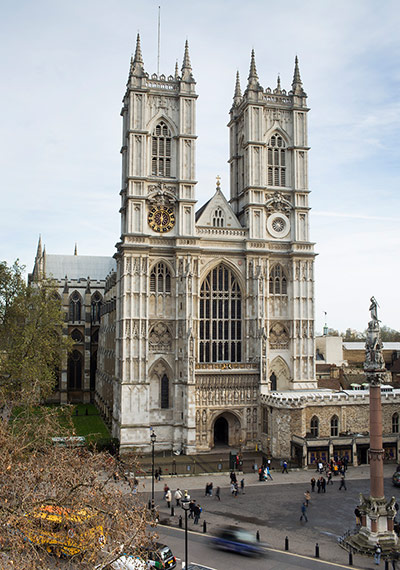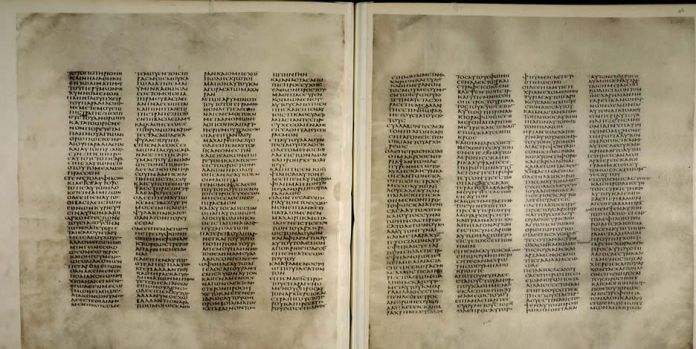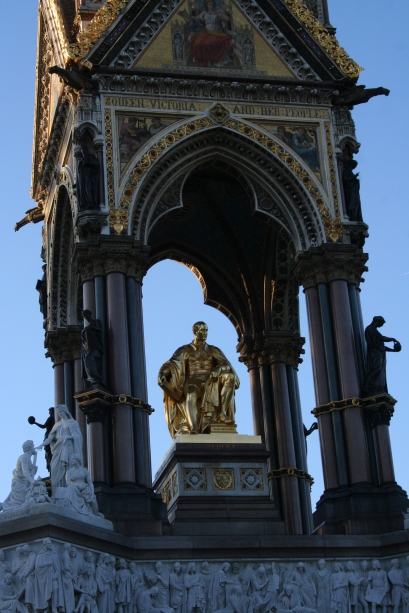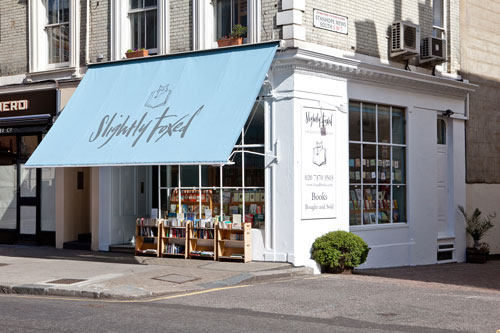I came across an old article about C.S. Lewis in the New Yorker today entitled, “Prisoner of Narnia,” by Adam Gopnik. As one might expect, Gopnik spends most of his time laughing off Lewis’ Christian beliefs. However, near the beginning he puts into writing something I had always heard rumors of, but had never had quite confirmed: that Lewis is held in higher esteem in America than he is in England,
“In America, Lewis is…a saint revered…In England, he is commonly regarded as a slightly embarrassing polemicist, who made joke-vicar broadcasts on the BBC, but who also happened to write a few very good books about late-medieval poetry and inspire several good students….The British, of course, are capable of being embarrassed by anybody, and that they are embarrassed by Lewis does not prove that he is embarrassing.”
I’ve discovered the American side of this reality in myself. It was not until I had entered seminary that I realized my excessive dependence on and admiration of C.S. Lewis. And I had to ask my Lord’s forgiveness, for I had made a sort of idol of the man. And, as with the mother of our Lord, I doubt very highly that Lewis would welcome the attention. Instead, he is like John the Baptist in the Isenheim Altarpiece by Matthias Grünewald:
One day, John’s disciples found that the masses were flocking to Jesus for baptism. They came to John, all flustered no doubt, informing him of his Cousin’s recent success. But John responded, “A person cannot receive even one thing unless it is given him from heaven…He must increase, but I must decrease.” May we all respond this way. Reject that snake in your garden; don’t try to be a god. Love God.
And so I had to remember that Lewis is a fellow servant; a brother, not a master. And rather than this causing Lewis to be lowered in my eyes, it set him aright. To follow the Master is to be put in right relationship with His disciples.
And, finding myself in Oxford, I decided to visit my brother’s old stomping grounds. This began on the Sunday John and Meg drove us up to Oxford. After stopping to ask for directions, we drove up Lewis Close, eyes wide open for the iconic house.
We drove to the end of the road without spotting it, when Laura shouted, “There! The Kilns!”
From the pictures I’d seen in biographies, I’d expected the Kilns to be on a plot of land in a wooded area. I remember reading stories about Lewis and his brother spending weekends doing landscape work on the natural wildness around their home. But here was the Kilns in the midst of suburbia. The land had been sold. There only remained an island of Lewis’ original home.
But so it goes. You go back to your hometown after 20 years and find your high school leveled, your childhood home altered beyond recognition, your old church turned into a Pizza Hut. The sacred is intact, however, and it will be restored to our eyes. Resurrection.
John and Meg then took us to our lodging for the night: Magdalen College of Oxford University.
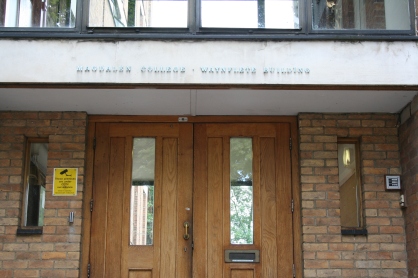
We stayed in the college’s dorms; they let them out during the summer. The room was actually very nice.
After spending two weeks in London, I was not too keen on living in England. But Oxford is heaven.
John, Meg, Laura, and I casually strolled through the medieval streets. There comes a point where the antiquity of things overwhelms the mind. I simply could not comprehend the history around me, in the same way that I do not understand how my body works. We are engulfed in grace, submerged in a majesty that we do not understand.
“In the year that King Uzziah died I saw the Lord sitting upon a throne, high and lifted up; and the train of his robe filled the temple. Above him stood the seraphim…And one called to another and said:
‘Holy, holy, holy is the Lord of hosts;
the whole earth is full of his glory!'”
(Isaiah 6:1-3)
We may not see the glory, but the earth is full of it. The veil was a bit thinner as we walked through Oxford.
After an evensong service in Christ Church Cathedral, John drove us over to St. Giles’ road, where we would have dinner at a local pub:
The Eagle and Child was the meeting place of the Inklings, the literary group composed of C.S. Lewis, J.R.R. Tolkien, and Charles Williams, among others. The pub was crowded, and the food was great (I had the traditional “bangers and mash”).
The next morning, I was up at 6:00 AM (we only had one more day in Oxford, so the time had to be well-spent) to visit Holy Trinity Church in Headington Quarry, one of the places of worship Lewis began to regularly attend soon after his conversion and where he was buried after his death in November 1963.
As I approached the graves, I found only one small indication of where Lewis is buried.
There seemed to be no right way to approach the grave. But I approached.
Directly in front of the grave was a bare patch of dirt, where so many Lewis pilgrims had stood before the burial place. I had jogged three miles to the church, since we didn’t have any transportation, and sank to the ground exhausted. I had no idea what I should do, so I prayed. I thanked God for Lewis. “Men must endure their going hence,” is engraved into the gravestone. I grieved that this man had gone hence, and we had never met. We will one day.
After jogging back to Oxford, I participated in Morning Prayer and the celebration of the Eucharist at Christ Church Cathedral. Compared with St. Paul’s Cathedral, this was an immensely better experience. The congregation sit facing each other in the nave.
Upon entering, I was quietly ushered to a seat, where it nearly seemed that everyone had been waiting on me (I was a few minutes late). After being seated, I hurriedly opened the order of service to the reading. Lewis referred to corporate worship in the Anglican church as a dance, and I soon found the rhythm here. The two sides were reading the Psalm responsively to one another and each side allowed a slight pause between the two lines of a stanza. I found this made the reading more contemplative. It was like a verbal bow, a nod of the head, an acknowledgment of holiness.
Holy Communion soon followed. The reverence was palpable. Nigel Biggar celebrated the Lord’s Supper, and Graham Ward sat behind me in the nave and shook my hand warmly during the Passing of the Peace. I soon became grateful for Dr. Ward’s familiarity with the service. He spoke confidently what I could only speak weakly. Approaching the Lord’s table in this cathedral was surreal, dream-like, nearly celestial. Once again I found that I was receiving what I did not deserve.
I returned to Magdalen College after the service, hoping to make Morning Prayer at the chapel. It turned out that no services are held during the summer, but the porter allowed me to enter anyway. I found that I enjoyed the quiet and solitude. I prayed at a kneeler outside the doors of the sanctuary:
I would finally like to mention Addison’s Walk, an important site for the many conversations between C.S. Lewis and J.R.R. Tolkien, one of which – about “metaphor and myth” – led to Lewis’ conversion to Theism. There are rare times in my life, where I feel that my soul is allowed to rise up for air from the suffocating depths of this world, to smell the air of another country. Taking this walk with my wife was one such instance.
The path circles around a breathtaking deer park, which we found teeming with life.
Upon rounding one bend, we found a plaque bearing a poem by C.S. Lewis, “What the Bird Said Early in the Year.”
No amount of description can convey to you what this walk meant to me. I highly recommend it.
Our day continued with a lovely park picnic with even lovelier friends: Jonny and Mandy Vaughan…
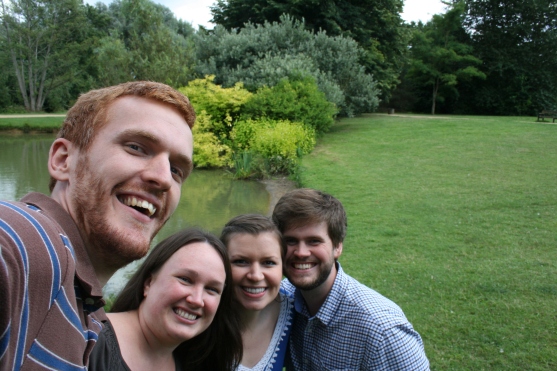
I would like to give credit to Jonny for this photo. He was the only member of our group with arms long enough to make the shot!
…and eventually ended at a local pub with a lot of character – the Turf Tavern:
I’ve heard some say that Oxford is God’s city. I’m inclined to agree with them.
The peace of our Lord,
Daniel
